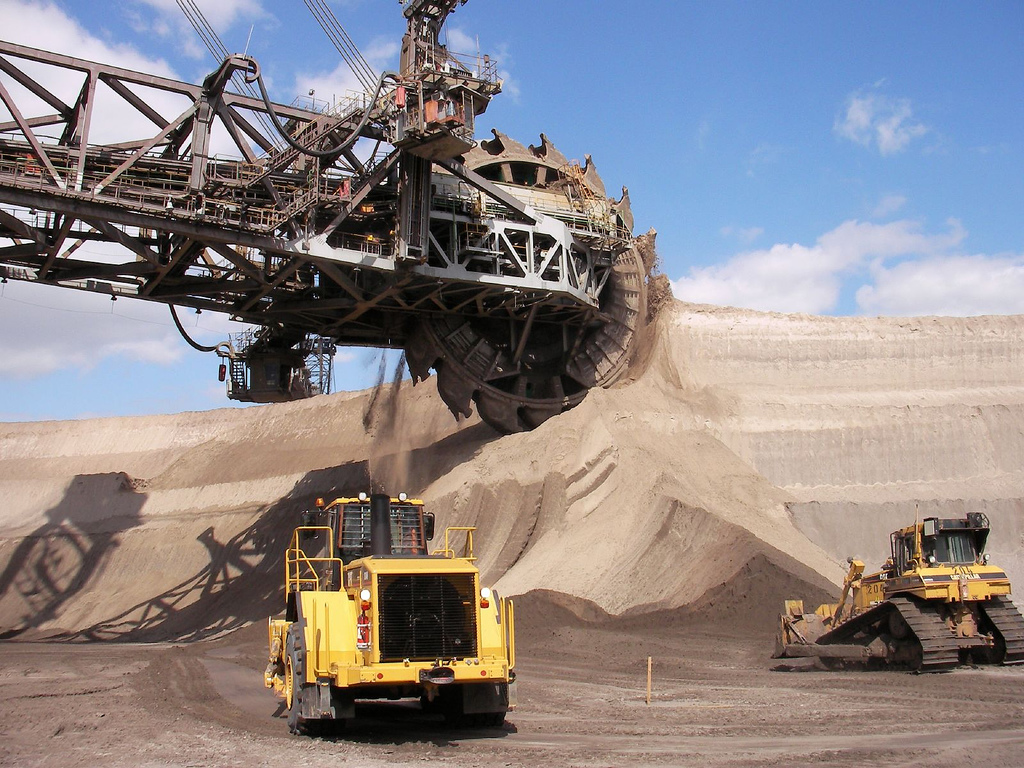The World Needs Mining, but Mining Must Change
This is one of our free-to-access content pieces. To gain access to all Ideas for Leaders content please Log In Here or if you are not already a Subscriber then Subscribe Here.

Demand is increasing for the mining industry, but so are costs and challenges — including increasing intolerance for the negative impact of mining activities on the environment and on local communities and indigenous people. The result: currently $24 billion in industry losses due to delays and resistance. A new initiative, involving all stakeholders impacted by mining operations and led by one of the giants of the industry, offers a roadmap for a collaborative, long-term sustainable approach to mining.
Mined materials are in many if not most of the products we buy — from the obvious such as jewellery to the not so-obvious, such as the number of mined materials in our ubiquitous cell phones. Mining, however, is known as the industry that degrades the environment, causes birth defects from polluted waters, and destroys traditional indigenous cultures. There’s little tolerance for such negative effects, and due to social media and other technologies effective measures can be taken to impede and even stop mining industry activities. And these are not small setbacks. Currently, disputes with local communities and other stakeholders has slowed or halted approximately $25 billion in mining projects.
The world needs mining. But mining has to change. This is the core insight behind a ground-breaking initiative to change the mining industry from, as Mark Cutifani, CEO of the giant mining conglomerate Anglo-America, explains, an extracting industry with nothing but negative connotations to a development industry that works in a positive, sustainable way with communities and the environment.
The initiative is a project of the Kellogg Innovation Network (KIN) at the Kellogg School of Management, and involves representatives from major mining companies (including Cutifani who serves as co-chair of the project along with Kellogg Innovation Network senior fellow Peter Bryant) and all stakeholders impacted by the industry, from government to environmental groups to indigenous peoples.
The goal of the project, called "KIN Catalyst: Mining Company of the Future", is to develop the principles and guidelines that will help mining companies transform themselves from the inside out into responsible, reliable partners for local communities as well as the environment.
In December 2014, after several years of conference, conversations and days of reflection, the Development Partner Working Group published its Development Partner Framework in a document entitled, Reinventing Mining: Creating Sustainable Value.
The aspirational goal is to fundamentally change mining from an insular reactive, negative and confrontational industry to an industry that is integrated, proactive, positive and collaborative. The business case for this dramatic reinvention of the mining industry is strong. The old antagonistic ways of doing business is costly and ineffective. — overriding opposition — is costly Becoming ‘development partners’ would give the industry: greater investments opportunities as companies become preferred partners with local governments and communities; reduction in operating expenses through innovation-driven reduction in energy, water and materials; long-term value creation instead of boom/bust cycles; attracting employees, consumers, suppliers and investors who enable proactive long-term sustainability instead of reactive risk management; less expensive conflict and delays because of better relationships with all stakeholders.
Achieving these goals will not be easy, and rests on three pillars. The first is shared purpose based on an integrated multi-decade Shared Purpose Plan covering 100 years – during and after the mine’s operation.
The second pillar is flourishing ecosystems — a major challenge to eliminate the disruption to the environment through design thinking and innovation. The first step: reducing the environmental footprint of every mining activity.
The third pillar is competitive communities, companies and countries. Mining activities must achieve long-term sustainable prosperity for all three: the communities and nations in which the mining companies operate, and the companies themselves.
The mining companies that dismiss a new collaborative and sustainable approach to mining will inevitably fail. The 19th and 20th century locus of power has been diffused by the digital age; collaboration with community and environmental stakeholders is no longer an optional choice but a business imperative.
The imperative goes both ways: mining is not an optional activity, but rather, given the demands of modern society, a vital contributor to our daily lives.
All stakeholders have a stake in making the aspiration of this new framework a reality. Transforming an industry is a long-term process — but it begins with a new mind-set and small wins.
KIN Catalyst: Mining Company of the Future. Mark Cutifani and Peter Bryant (December 2014).
Transforming Mining into a Development Industry. Andrea Mustain. Kellogg Insight (5th January 2015)

Ideas for Leaders is a free-to-access site. If you enjoy our content and find it valuable, please consider subscribing to our Developing Leaders Quarterly publication, this presents academic, business and consultant perspectives on leadership issues in a beautifully produced, small volume delivered to your desk four times a year.

For the less than the price of a coffee a week you can read over 650 summaries of research that cost universities over $1 billion to produce.
Use our Ideas to:
Speak to us on how else you can leverage this content to benefit your organization. info@ideasforleaders.com